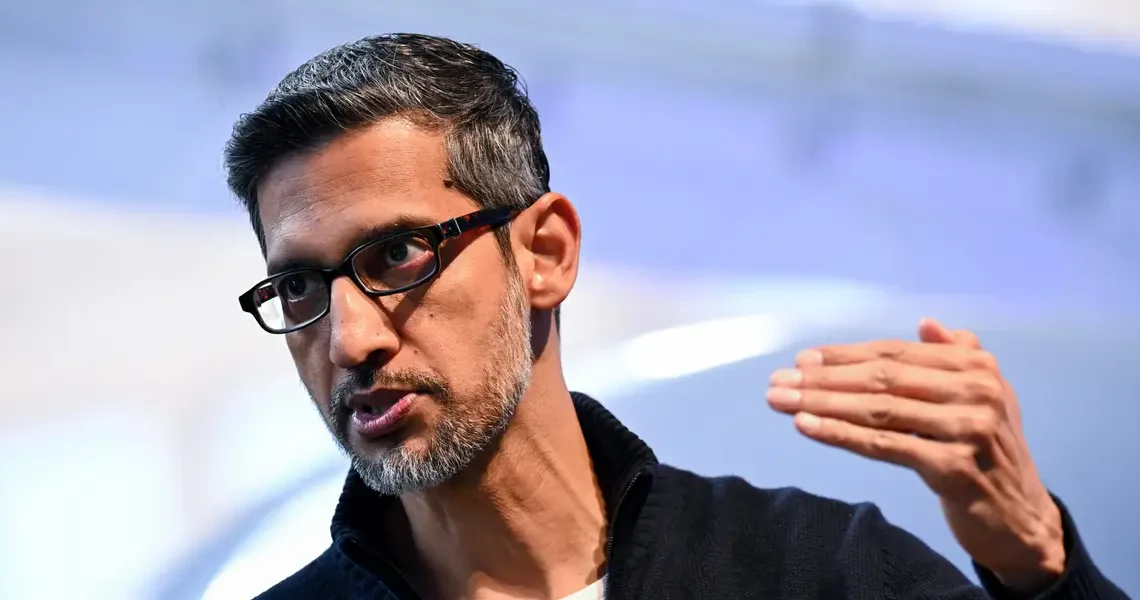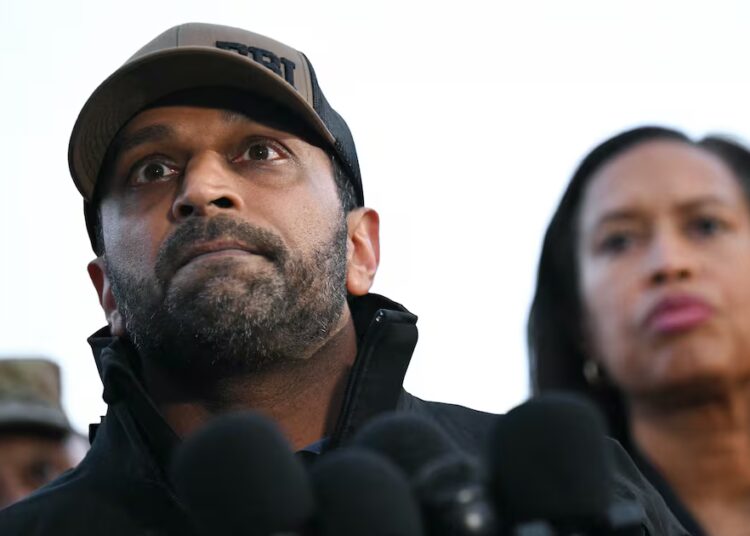Google’s engineers have been on an AI sprint in recent weeks. Now, with a big launch in the rearview mirror, CEO Sundar Pichai says it’s time to catch up on some sleep.
“I think some folks need some sleep,” Pichai said on the “Google AI: Release Notes” podcast released Wednesday. He added that hopefully he and his teams “get a bit of rest.”
On November 18, Google released its latest AI model, Gemini 3, and the company is now edging toward a $4 trillion market cap. Its stock price has surged nearly 70% this year — including a 12% jump following Gemini 3’s launch.
Gemini 3 has been well received. Salesforce CEO Marc Benioff said it marks an “insane” jump in reasoning, speed, and multimodal capabilities in a post on X this week. He added that after spending just “2 hours on Gemini 3,” he’s “not going back,” to ChatGPT.
The launch renewed conversations about Google potentially being the new frontrunner in the AI race, after years of ceding the title to ChatGPT maker OpenAI.
Pichai said Google for years has quietly been laying down the foundation for a long-term AI strategy.
“In 2016, I wanted the whole company to be AI-first,” Pichai said.
Between the development of Google Brain in 2012, the acquisition DeepMind in 2014, AlphaGo’s victory in the Chinese board game Go, and the unveiling of its first tensor processing unit — its own internal chips, which it used to train Gemini — the stage was set for the tech giant’s AI embrace.
“It was clear to me in 2016, seeing all that, we are about to go through another platform shift. That was a full-stack bet on setting up Google to be an AI-first company,” the CEO said.
But Pichai said that rapid adoption generative AI presented an even bigger opportunity for the company — and that’s when it kicked off Gemini. The company brought together its Google Brain and DeepMind teams, ramped its AI infrastructure, and started moving even faster, he said.
Pichai said the core idea is to embrace a “full-stack” approach to innovation by improving everything from infrastructure to making the models better at pre-training, post-training, and test-time compute.
But that approach to innovation takes time, Pichai said. When Google first tried to meet the generative AI moment, he said, it was short on capacity, and needed to invest in several areas to “get it to the scale,” he said.
“If you were on the outside, it would look like we were quiet, or we were behind, but we were putting all the building blocks in place, and then executing on top if it,” he said.
The tides have since turned.
“We’re on the other side now,” he said.
Read the original article on Business Insider
The post What’s next for Google’s AI team? Sundar Pichai says he hopes they ‘get a bit of rest’ appeared first on Business Insider.




